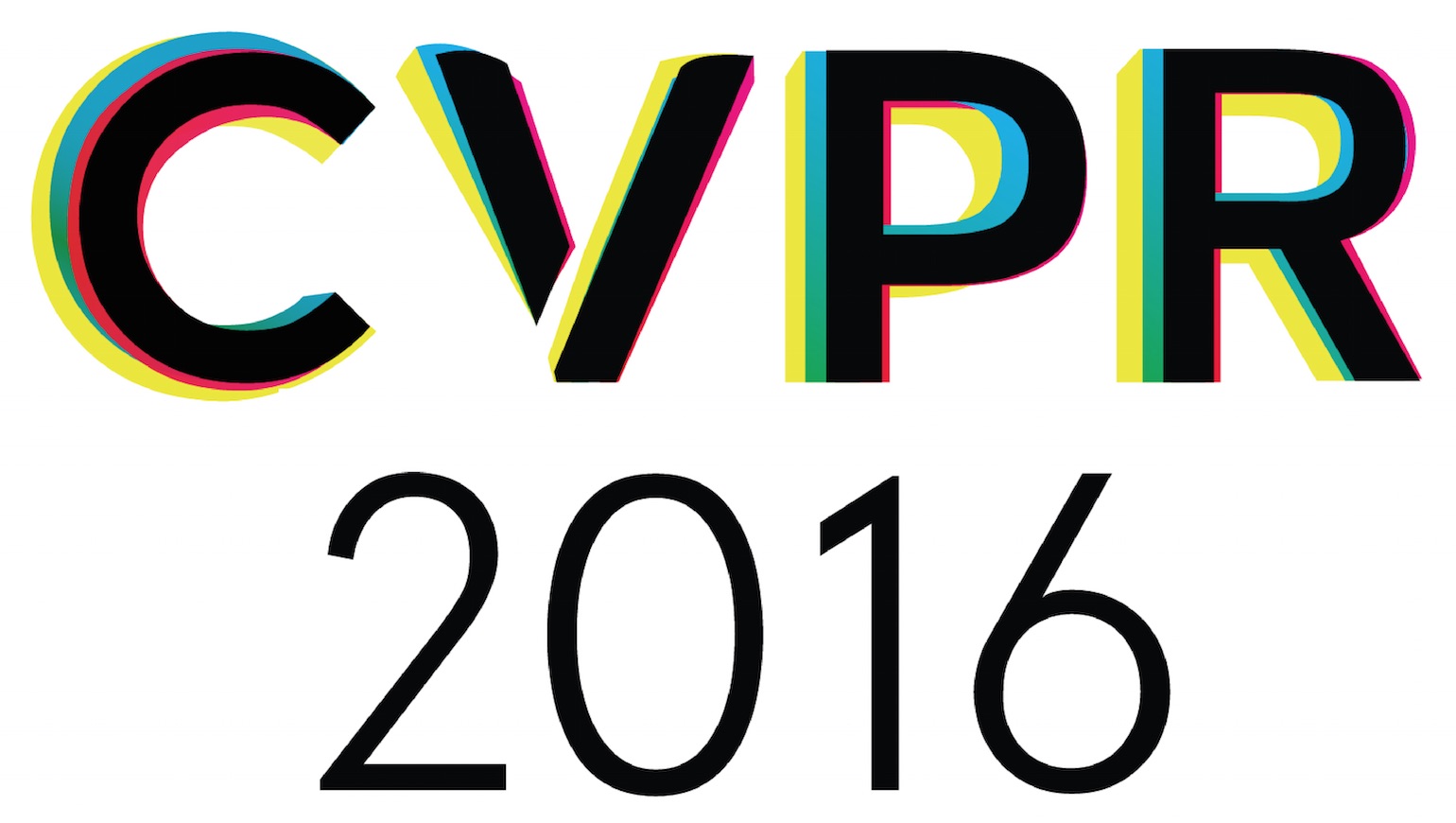-
Predicting When Saliency Maps Are Accurate and Eye Fixations Consistent
AbstractMany computational models of visual attention use image features and machine learning techniques to predict eye fixation locations as saliency maps. Recently, the success of Deep Convolutional Neural Networks (DCNNs) for object recognition has opened a new avenue for computational models of visual attention due to the tight link between visual attention and object recognition. In this paper, we show that using features from DCNNs for object recognition we can make predictions that enrich the information provided by saliency models. Namely, we can estimate the reliability of a saliency model from the raw image, which serves as a meta-saliency measure that may be used to select the best saliency algorithm for an image. Analogously, the consistency of the eye fixations among subjects, i.e. the agreement between the eye fixation locations of different subjects, can also be predicted and used by a designer to assess whether subjects reach a consensus about salient image locations.
Related Material
[pdf][bibtex]@InProceedings{Volokitin_2016_CVPR,
author = {Volokitin, Anna and Gygli, Michael and Boix, Xavier},
title = {Predicting When Saliency Maps Are Accurate and Eye Fixations Consistent},
booktitle = {Proceedings of the IEEE Conference on Computer Vision and Pattern Recognition (CVPR)},
month = {June},
year = {2016}
}
These CVPR 2016 papers are the Open Access versions, provided by the Computer Vision Foundation.
Except for the watermark, they are identical to the accepted versions; the final published version of the proceedings is available on IEEE Xplore.
Except for the watermark, they are identical to the accepted versions; the final published version of the proceedings is available on IEEE Xplore.
This material is presented to ensure timely dissemination of scholarly and technical work.
Copyright and all rights therein are retained by authors or by other copyright holders.
All persons copying this information are expected to adhere to the terms and constraints invoked by each author's copyright.

